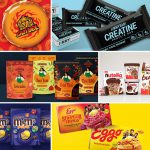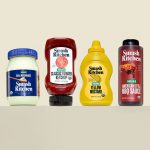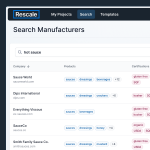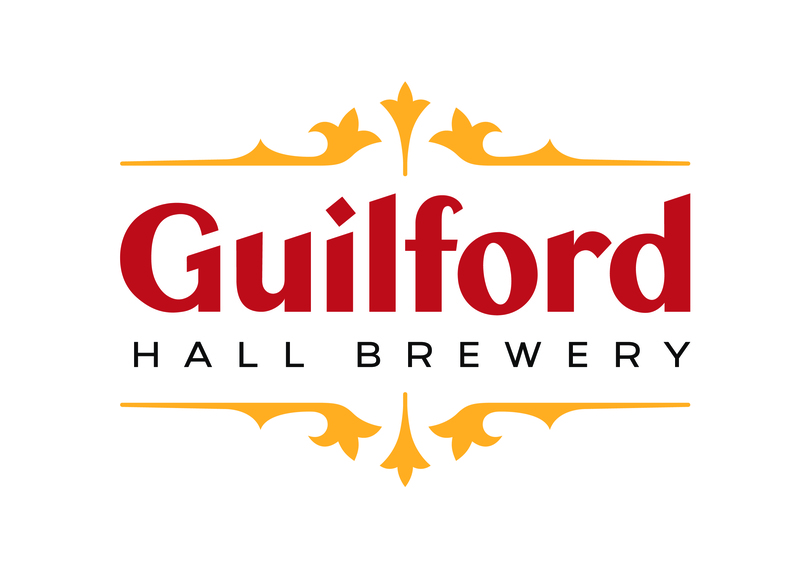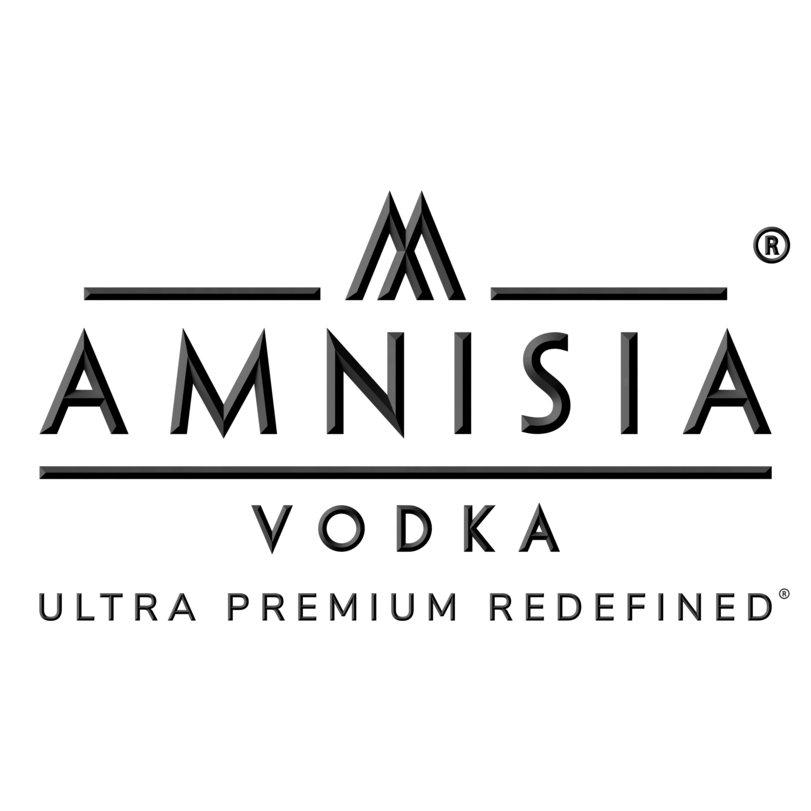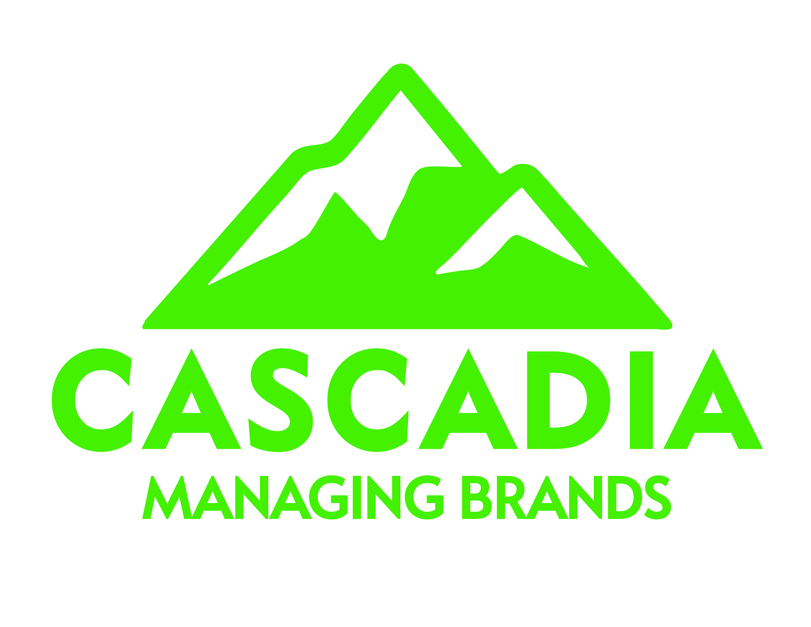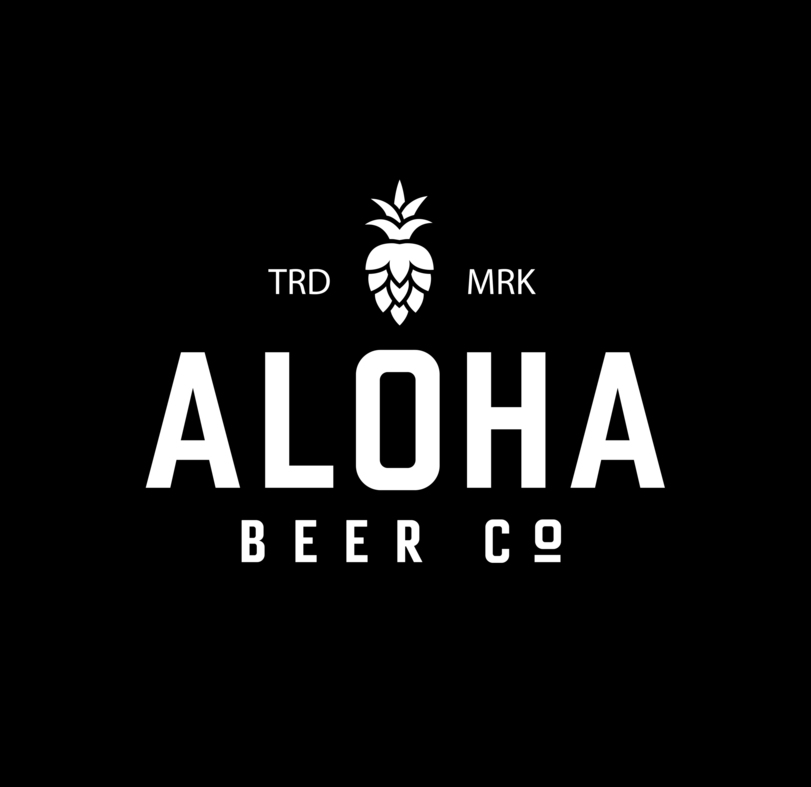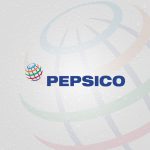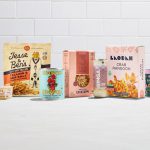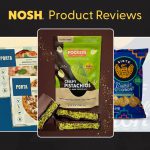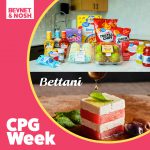IRI, NYU Stern Leaders Discuss Growth Opportunities for Sustainable CPG Products
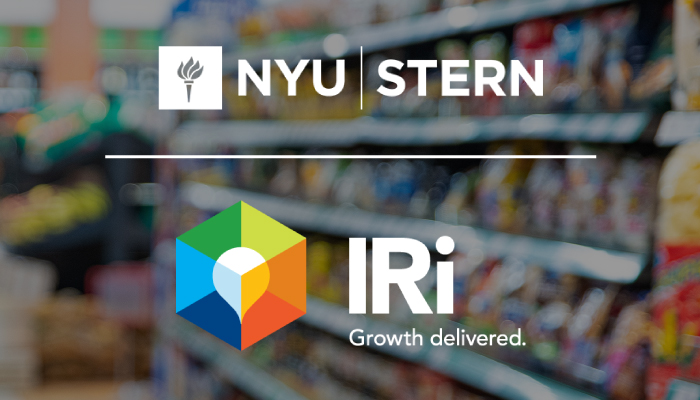
Sustainability-marketed consumer products continue to gain momentum, slightly outpacing the growth of overall CPG in 2020, according to a new report from research firm IRI and NYU’s Stern Center for Sustainable Business.
Randi Kronthal-Sacco, Senior Scholar at New York University’s Stern Center for Sustainable Business and Larry Levin, EVP of Market and Shopper Intelligence at IRI, discussed current growth trends in a webinar today entitled Resuming the Sustainability Agenda, in which they examined data on pricing, sales channels and demographics to identify opportunities for future success of sustainable CPG products.
The discussion also included an analysis of the findings from NYU Stern’s annual Sustainable Market Share Index report, which examines consumers’ purchasing behaviors regarding sustainability-focused CPG products. For the report, NYU looked at 36 CPG categories (excluding alcohol and tobacco), identifying all SKUS marketed as sustainable through on-pack communications from January 2015 through December 2020. Call-outs studied were limited to sustainably sourced ingredients specifically, like organic and non-GMO certifications (though “natural” or “clean” ingredient labels did not count as a sustainability metric) rather than communication about sustainable packaging of products. NYU partnered with IRI to look at point of sale, household panel metrics and ecommerce data.
Market Share of Sustainability-Marketed Products
Across all categories included in the NYU study, sustainability-marketed products had a 16.1% share of the CPG market in 2019, up from 13.7% in 2015, and increasing to 16.8% in 2020. While a smaller piece of the overall market, these products accounted for 54.7% of the CPG market growth from 2015 to 2019, according to the report.
Over this period of time, product sales for this segment grew 7.1 times faster than conventionally marketed products, notching a 5.86% four-year CAGR, compared to conventionally marketed products’ 0.83% four-year CAGR.
“As we think into the future, areas like sustainability really can blossom into some great growth opportunities as you look for pockets of opportunity to grow your topline,” Levin noted.
COVID’s Effect on Growth
The COVID pandemic helped spark “unprecedented” 11.6% growth in the overall CPG market, a notable metric in a market that typically grows 1% to 3% year-over-year, Kronthal-Sacco noted. Sustainability-marketed products grew similarly and even outperformed that high growth rate in March 2020, Kronthal-Sacco said.
In tandem with this growth, new trends in sustainability-marketed products emerged in 2020, Kronthal-Sacco noted, particularly carbon labelling and call-outs of carbon neutrality and use of renewable energy, with $1.3 billion worth of products featuring carbon labels in 2020. This number will “absolutely” be increasing by the end of this year, she noted, particularly as CPG giants like Unilever and Procter & Gamble have made commitments to producing carbon labels on their products.
“There’s lots of pressure from a corporate standpoint to have a sustainability report and start to make very aggressive carbon goals around being carbon neutral in the next five years or three years or ten years…and the plus of that is that they’re getting pressure from their shareholders,” Kronthal-Sacco noted. “The fact that this is now showing up from a consumer standpoint has been positive too, because it’s merging together corporate initiatives and what’s happening operationally at the business.”
Impact of Price
In general, consumers associate sustainable products with a premium price, Levin noted.
Sustainability marketed products are on average 39% more expensive than their conventional counterparts, the report found, with only a handful of sustainable product categories priced below conventional products. Carbonated beverages saw the highest price premiums (165%), followed by cookies (114%), coffee (100%), bottled juices (80%) and chocolate (50%). Still, the sales growth of sustainable products indicates consumers are willing to pay these premiums, Kronthal-Sacco noted, which is “really encouraging” news for brands in the space.
Sustainability-marketed products in around 75% of the categories included in the report had lower price sensitivity than their conventional counterparts, Kronthal-Sacco said, with food being the category with the greatest leverage. Food categories with the largest difference in elasticity between their conventional counterparts include dinner entrees, cereal, yogurt, fresh bread and rolls and natural cheese.
“They’re operating more like luxury goods, [so] they can price without having the same impact of volume,” she said.
Ecommerce Performance
Sustainability-marketed products generally fare better in ecommerce than in brick-and-mortar stores, the report found, with three-fourths of CPG categories notching larger growth in this channel. They also grew slightly faster than the overall CPG category and conventionally marketed products between 2019 and 2020.
Ecommerce allows more space to communicate product attributes to the consumer, Kronthal-Sacco said, which lends itself to certain categories’ increased success in this channel. Coffee, for example, has 13% larger share in ecommerce than in retailers, the largest share difference among the categories examined. However, many refrigerated or frozen products categories, like milk, frozen dinner and yogurt, had the same or less share online than in stores.
These products are also being additionally supported by the marketing efforts of retailers like Walmart, Sephora and Amazon using call-outs on their websites to help consumers easily identify sustainable products.
Demographic for Sustainable CPG Products
These products over-index with younger generations, Levin noted, particularly with millennials and consumers that are college graduates and have above average income of over $70,000. Still, only 29% of millennials say they are more likely to buy products with specific sustainability characteristics, which presents a major marketing opportunity for brands and retailers to increase engagement, he said.
“While millennials are more likely than their other counterparts to put a priority on a lot of sustainability attributes and importance around them, there’s still a lot of headroom for millennials even to become more active in the agenda,” he said.
Top products attributes for millennials include minimizing carbon footprint and natural resource exploitation and commitments to conservation and use of renewable resources. For millennials, 31% say sustainability is important in personal care, followed by everyday household items (29%) and grocery items (27%). A quarter of millennials seek out retailers devoted to sustainable business practices, with 29% seeking out retailers carrying sustainable products and 19% buying grocery or household items if they are more sustainable than conventional products.
Looking Ahead
Beyond carbon labelling, the next emerging trend in sustainability will likely surround regenerative agriculture, Kronthal-Sacco said. Most brands have yet to find an effective way to communicate this attribute to consumers, however, highlighting a continued need for sustainability focused brands to better engage with their audiences.
“There’s a number of brands that really do engage with sustainable supply chains that are just not communicating that to the consumer,” she said. “I think there’s a big gap for us to move from 16.8% to 40% or 30% [of market share]. Even the legacy brands need to start to introduce and communicate to consumers their sustainable credentials.”

